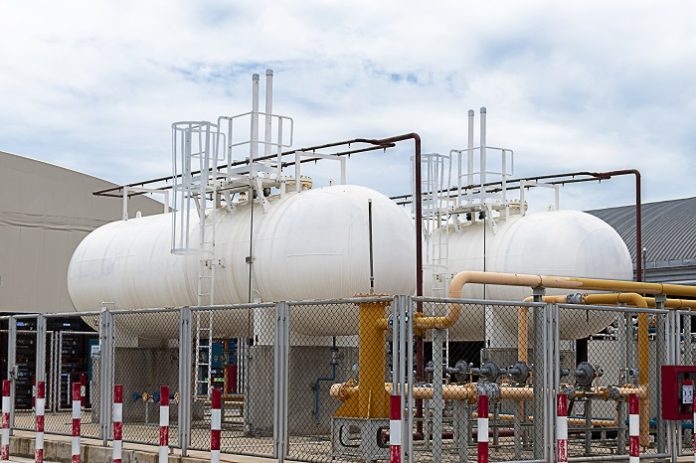Demand for imported natural gas is experiencing a significant upsurge, driven by falling prices in international markets. In February, imports of liquefied natural gas (LNG) soared by 33% compared to the previous year, following increases of 26% in January, 12% in December of the previous year, and 5% in November.
Despite a 32% increase in volume, LNG imports in February cost $1.1 billion, similar to the expenditure in the same period last year. Over the first eleven months of the fiscal year, LNG imports totalled $12 billion, down from $15.9 billion the previous year, despite an 18% increase in volume.
Lower prices this winter have made gas more appealing to consumers compared to alternative fuels, prompting industrial consumers to switch to gas due to its increased affordability. Notably, the fertilizer, city gas, and power sectors accounted for a significant portion of the increased consumption of imported gas in January.
LNG is currently priced around $8.5 per million British thermal units (mmbtu) in the Asian spot market, averaging $10 over the three months leading up to February, a significant decrease from the $21 average a year earlier. Concurrently, crude oil prices have fallen from $85 to $80 per barrel during this period, currently stabilizing around $85.
As reported by The Economic Times, the surge in imports has propelled domestic natural gas consumption, which saw a 20% year-on-year increase in February and an 11% increase in the April-February period. The domestic consumption growth was complemented by an 11% year-on-year expansion in local gas production in February and nearly 6% over the April-February period.






























